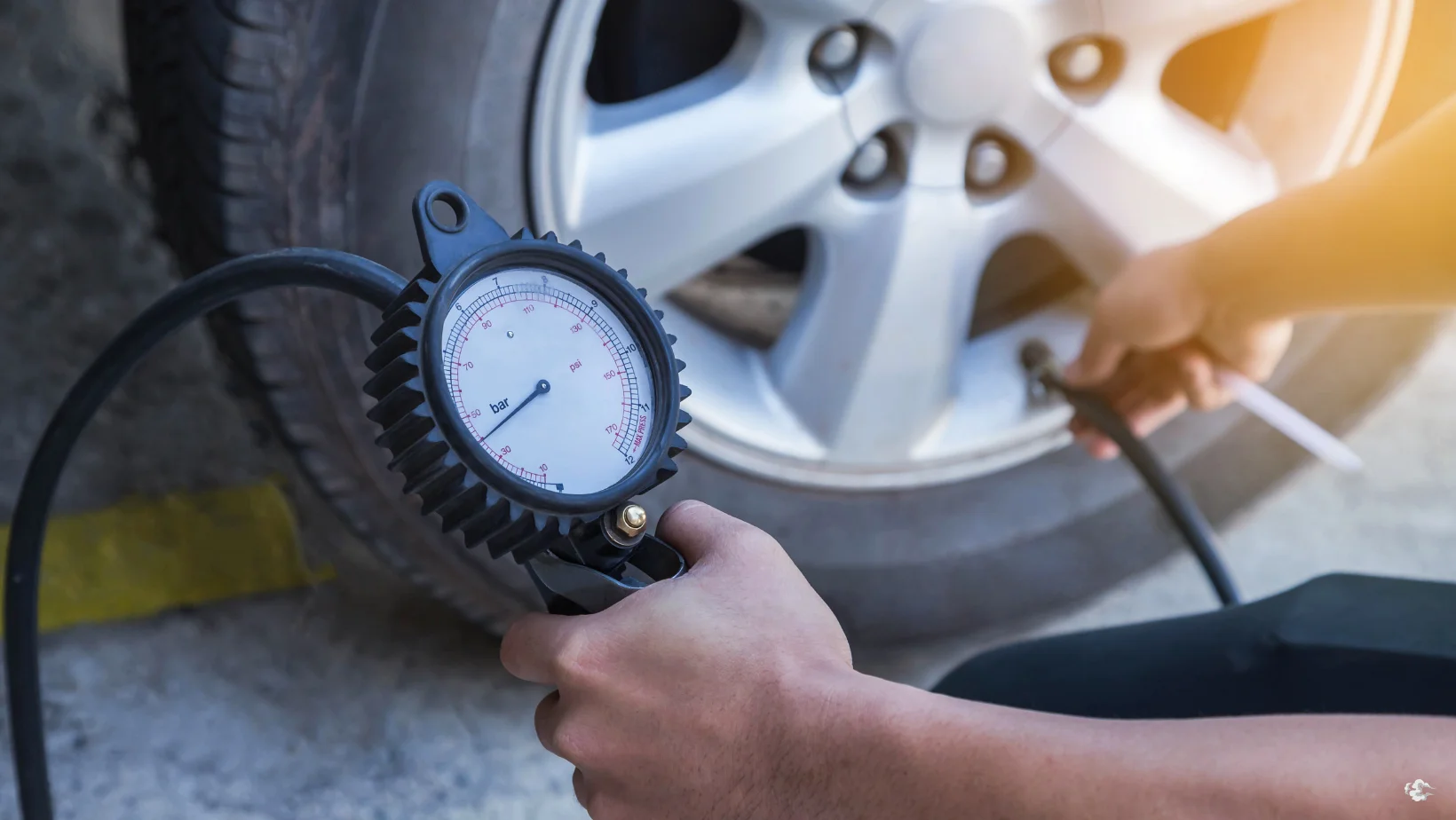07. 12. 2025
Why is My Tire Pressure Light Still On After Filling Tires?

Why is My Tire Pressure Light Still On After Filling Tires?
Numerous drivers commute at least 30 minutes each day and must keep their tires inflated to optimal pressure in order to ensure safe driving. If the TPMS light remains illuminated even after using a tire pressure gauge and filling your tires to the recommended level (typically 28psi), this may indicate a sensor issue.
Incorrect Inflation
Your tire pressure light may briefly illuminate after filling tires for several reasons. One could be that they have not reached the manufacturer-recommended tire pressure levels; always refer to your vehicle owner’s manual or placard inside the driver side door frame to determine this.
Another potential cause is that the tire pressure sensor in each wheel well, communicating with the car’s computer, is sensing low air pressure levels. These sensors are typically set with a threshold between 25% below factory recommended air pressure and any time one or more tires drops below this level, the sensor will notify its computer to activate an emergency warning light on your dashboard.
When dealing with slow leaks that don’t present immediate issues, it’s advisable to have your tire professionally inspected by a trusted mechanic for damage or punctures that might cause slow leaks.
Properly inflated tires are essential to safe driving and long tire life, and using a high-quality tire pressure gauge will deliver the best results. Driving with improperly inflated tires increases stress and heat on its sides, potentially leading to short and long-term issues like premature wear, uneven treadwear or even total failure of a tire.
Ambient Temperature Effects
Temperature fluctuations can have an impact on tire pressure sensors, altering how much air remains in your tires. If they were inflated in warmer weather and then dropped overnight, their pressure may drop below recommended levels, prompting an alarm via their tire pressure monitoring system (TPMS) light. Once properly inflated, however, that light should go out once it detects that their pressure has returned to optimal levels and turns off accordingly.
However, if the light remains illuminated after filling your tires with air, it is crucial that you identify why your sensor has detected low tire pressure. A leak or puncture could have slowly leaked air out from your tire over time; should this be the case, professional inspection and diagnosis may be required in order to properly address this problem.
Maintaining optimal tire pressure levels will enhance fuel economy, handling, and safety of your vehicle. Driving on under-inflated tires causes them to wear unevenly and prematurely which could necessitate expensive replacement costs in the future.
If your tire pressure meets manufacturer recommendations and the TPMS light remains illuminated, please refer to your owner manual or reach out to Delta V Motors for professional diagnostics. Typically faulty sensors or valve stems are to blame and their presence would prompt this alert light.
Valve Stem or Sensor Damage
TPMS light not staying off can indicate an issue with one or more sensors located in the valve stems, battery-powered sensors that can easily be damaged through physical impact or wear over time. Being exposed to harsh environments like road salt, water and ferrous brake dust often leads to corrosion corroding internal batteries or reacting with dissimilar metals in nuts and valve stems which in turn leads to sensor malfunction or death from inside out.
Sensor malfunctions can send inaccurate data to your car’s computer, leading to miscommunication between sensors and computers, prompting tire pressure monitoring system lights on. This could be an extremely dangerous scenario as you won’t know if your tire pressures have dropped substantially compared to their usual levels.
Maintaining optimal tire pressure levels is vital to both fuel efficiency and driving comfort; also contributing to safety on the road. If your TPMS light continues illuminate, seek professional diagnostic help from your nearest auto shop – they may use a scan tool to pinpoint which sensor may be sending incorrect data to your car’s computer.
Faulty New or Replaced Tires
TPMS light remains illuminated for any length of time after filling your tires, be sure to double check that each (including any spare tire equipped) are at their designated pressure as outlined in your owner’s manual. Unscrewing valve caps and using tire pressure gauges will give an accurate reading.
If the light hasn’t gone away despite this action, and your sensors continue to send inaccurate data back to your car’s computer even though all tires have optimal air pressure levels, then replacing it may help – although you will likely require a specialized TPMS scan tool in order to do this successfully.
Temperature fluctuations can also cause tire pressure to drop; with every 10-degree decrease in temperature, one or two pounds of air per square inch are lost from your tires – enough for the TPMS light to come on if they fall below the threshold. Re-checking after they’ve warmed up may help remedy this problem.
If your TPMS light remains illuminated after filling your tires or flashes intermittently, or it appears flashing, it is wise to seek professional diagnosis of its source. This could range from simple issues such as a bad sensor, to complex situations like tire rupture.


No Comment Yet! You can post first response comment.